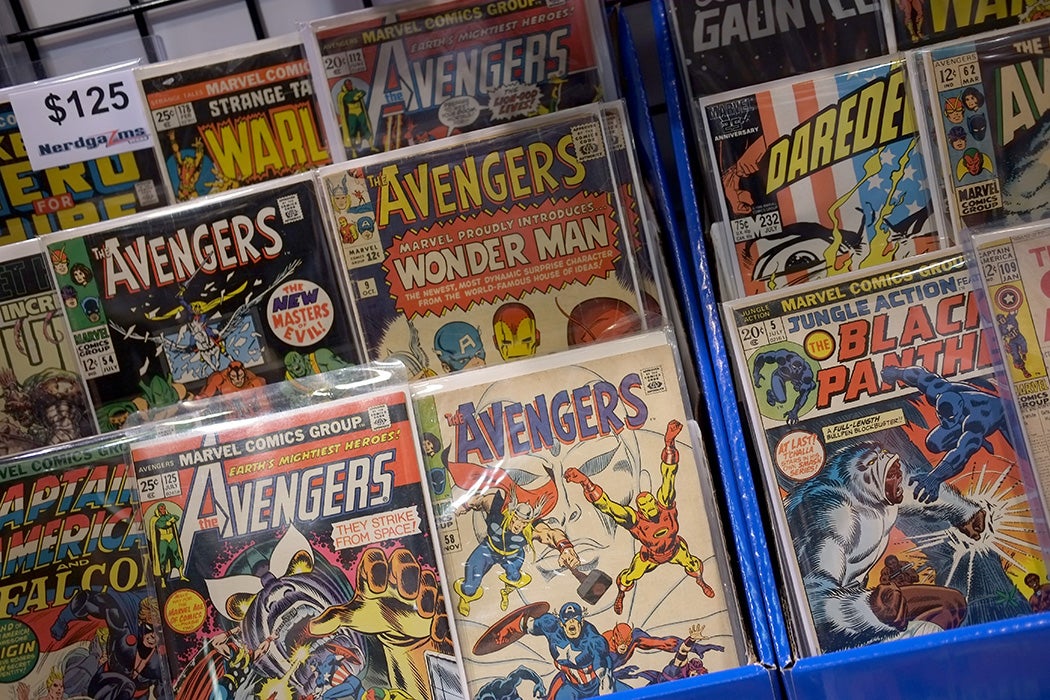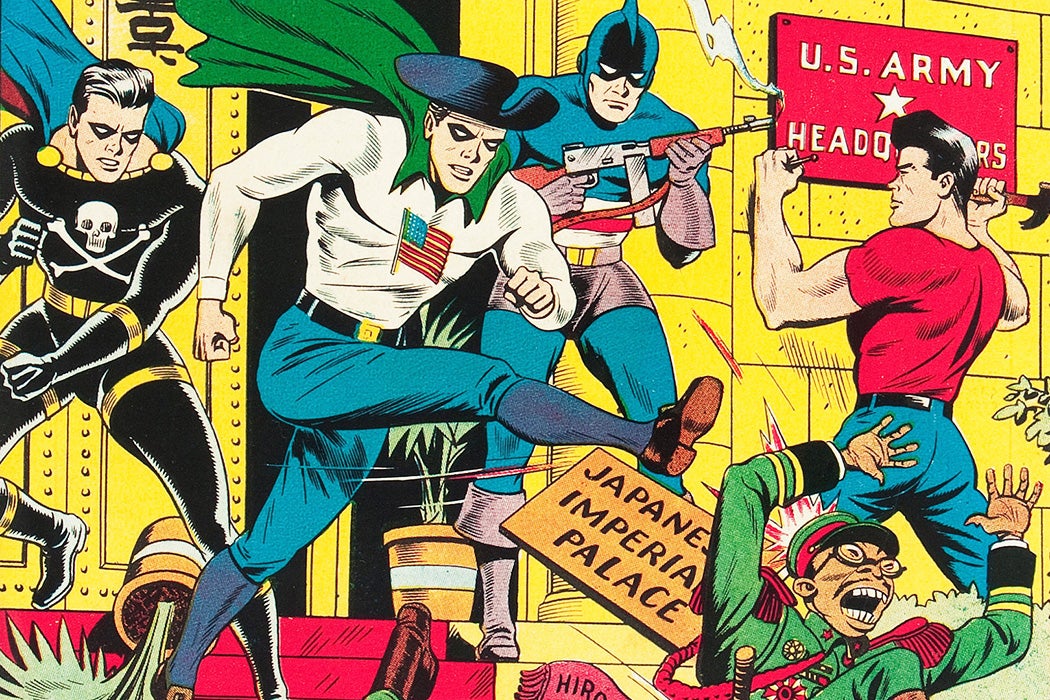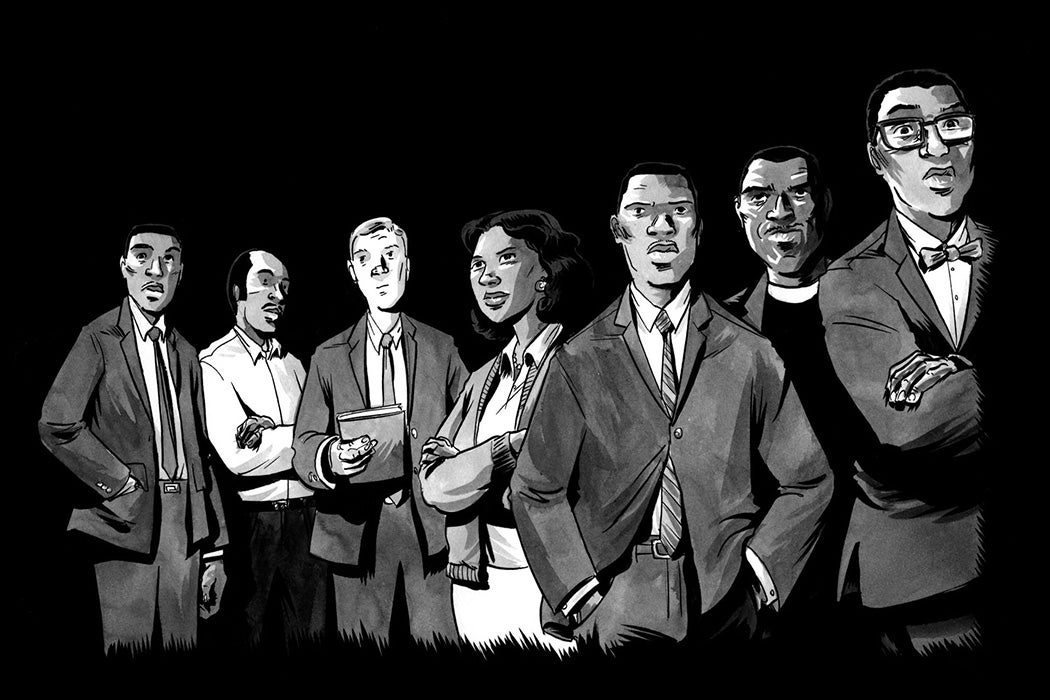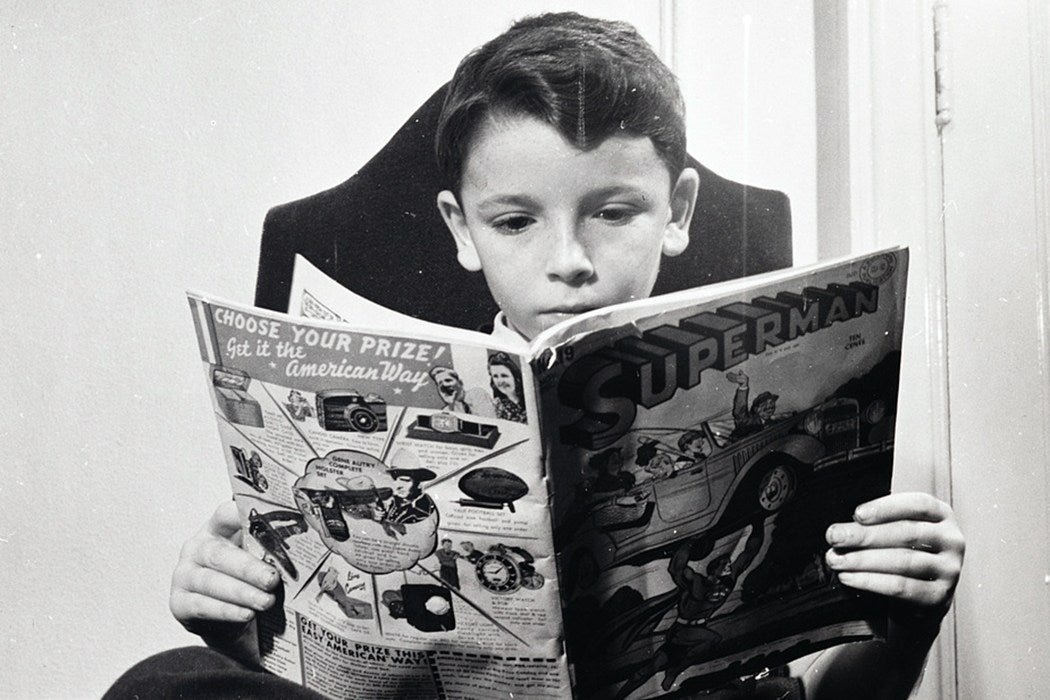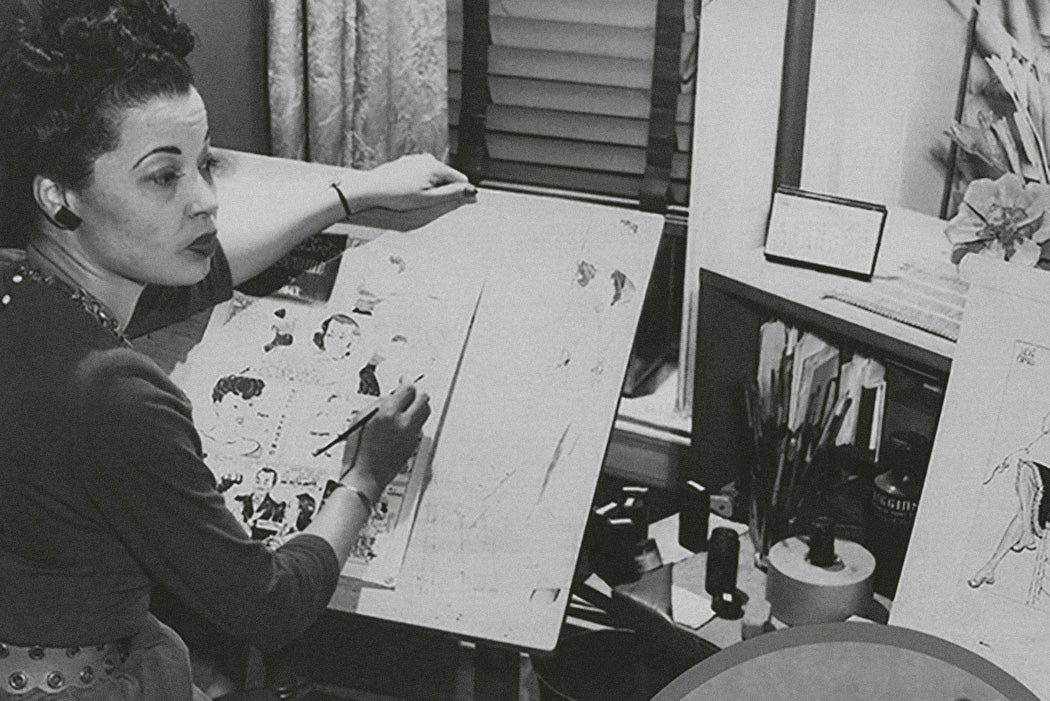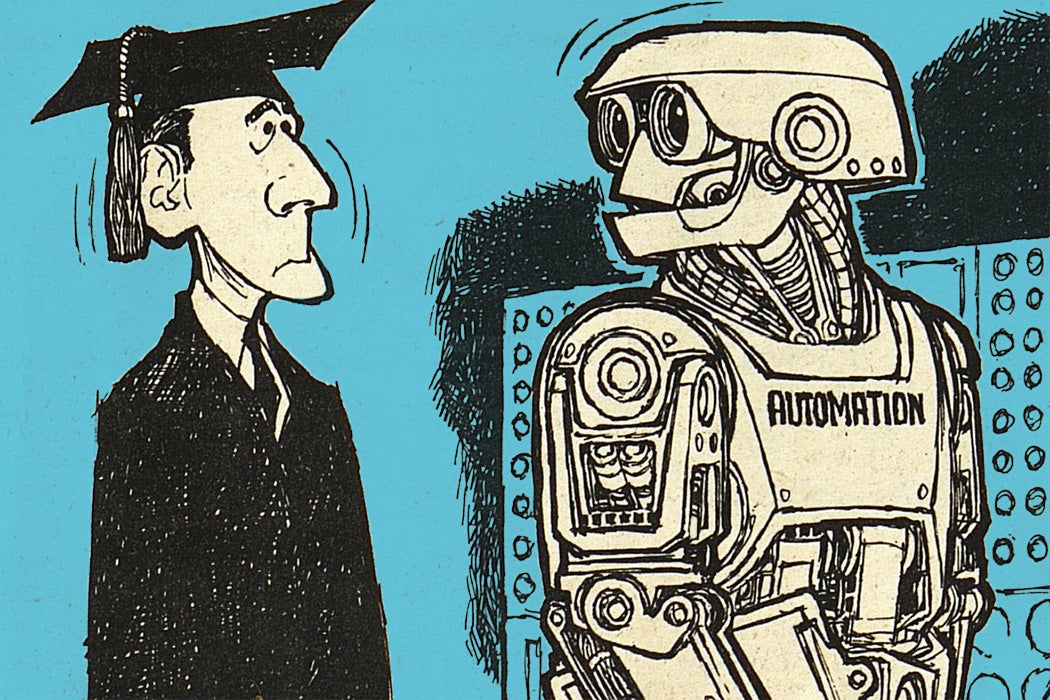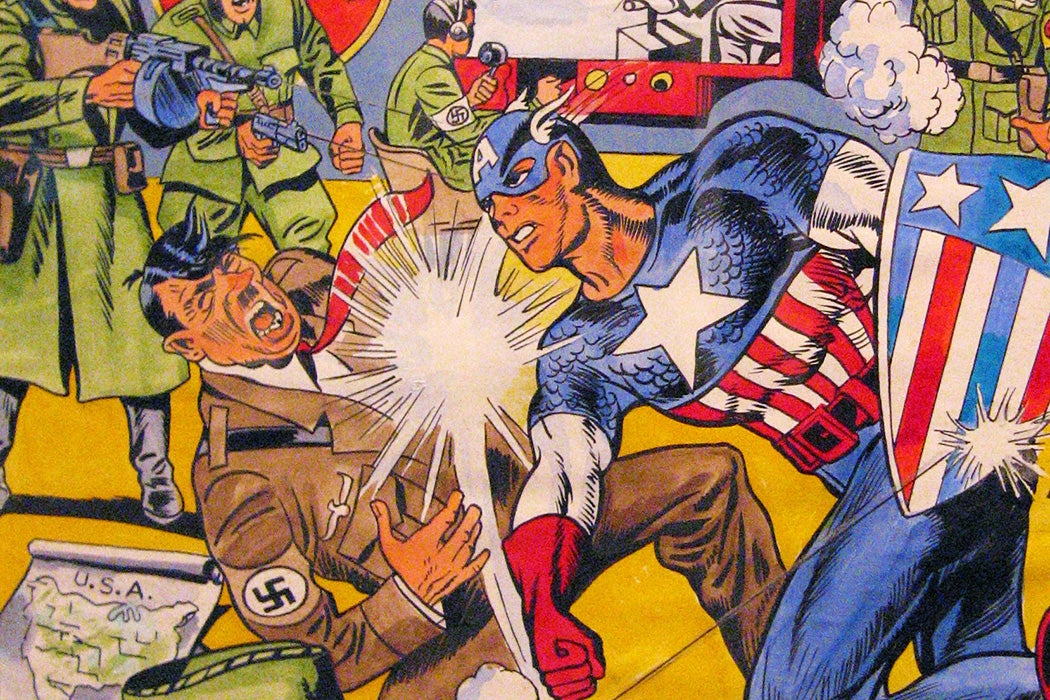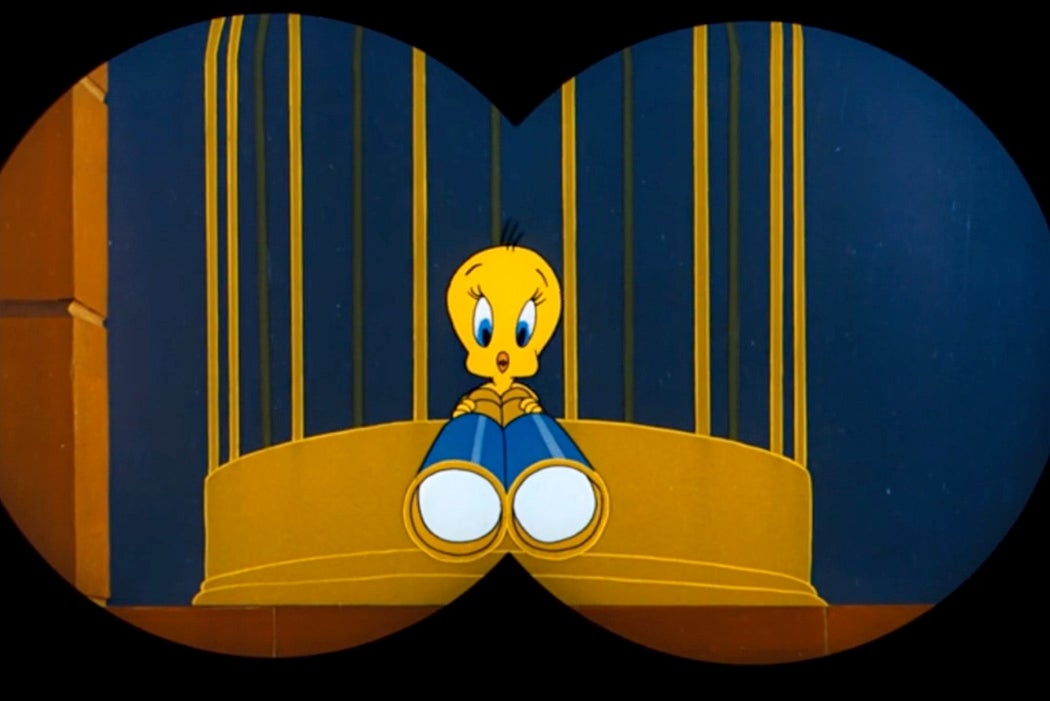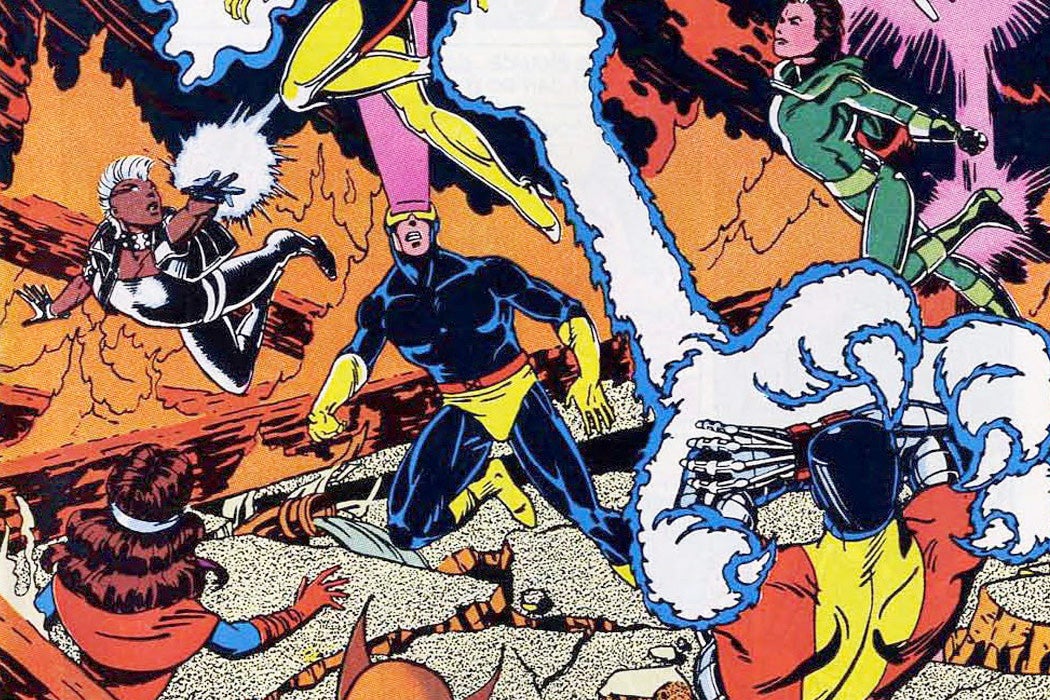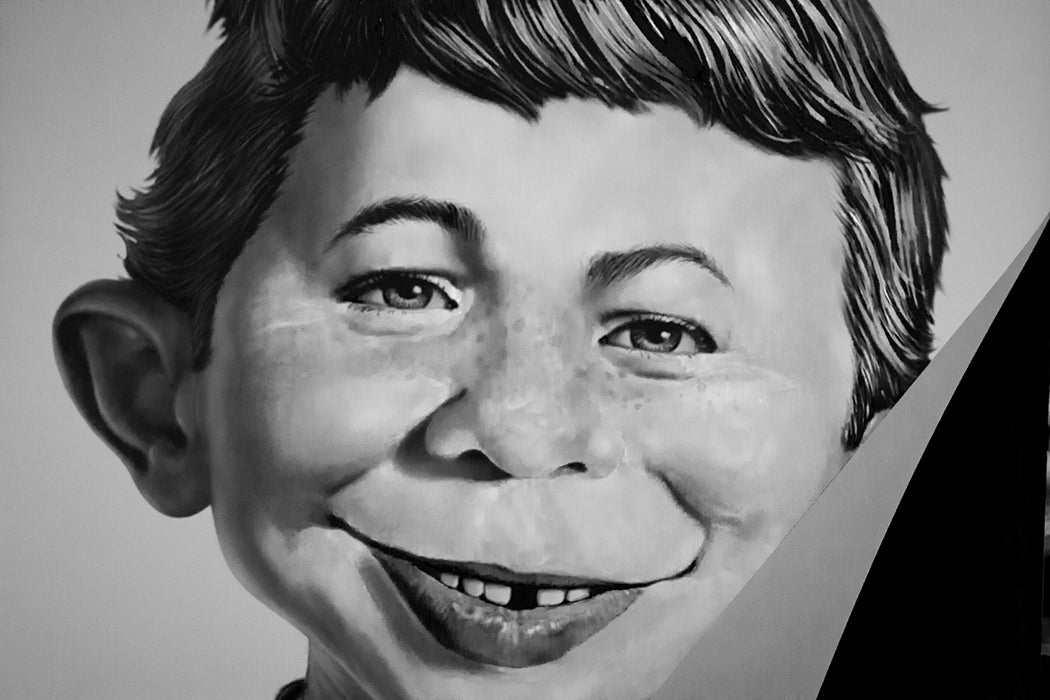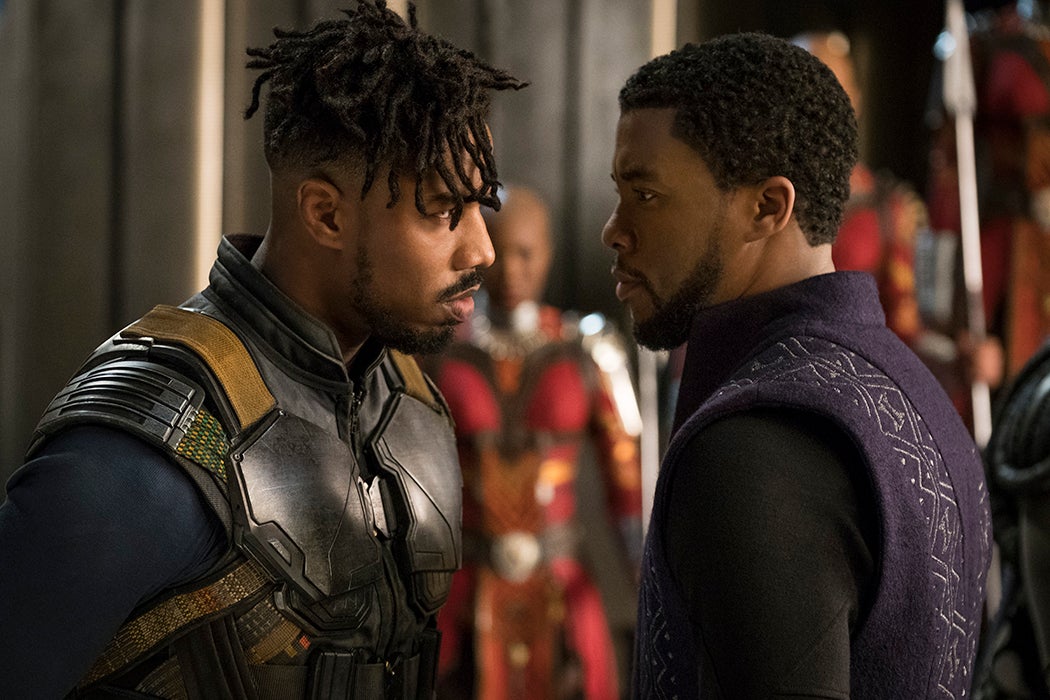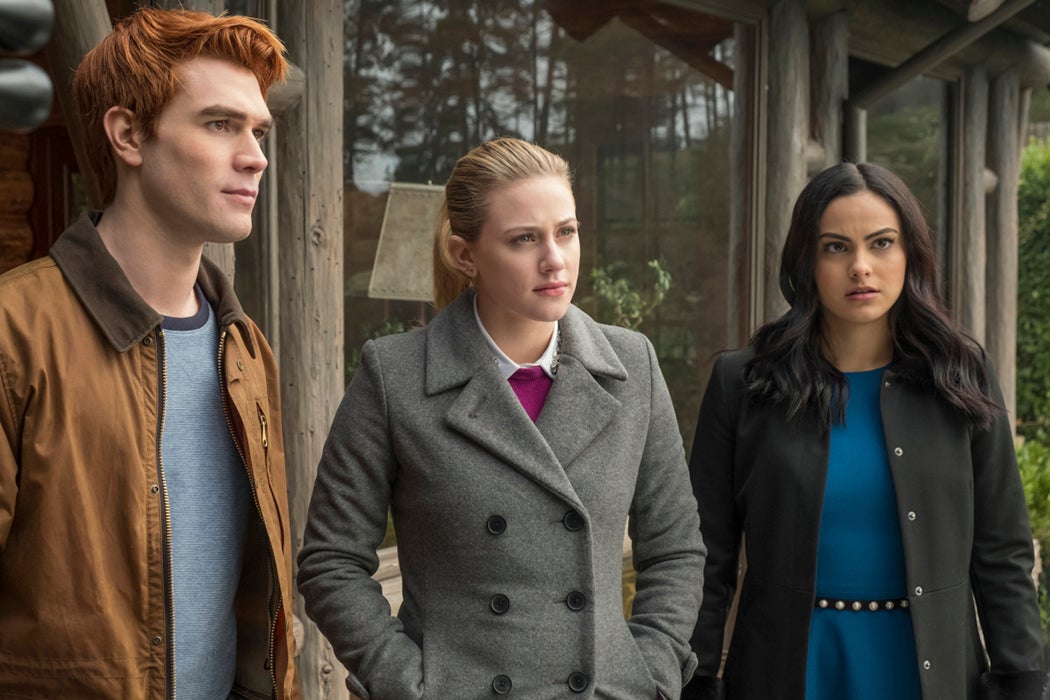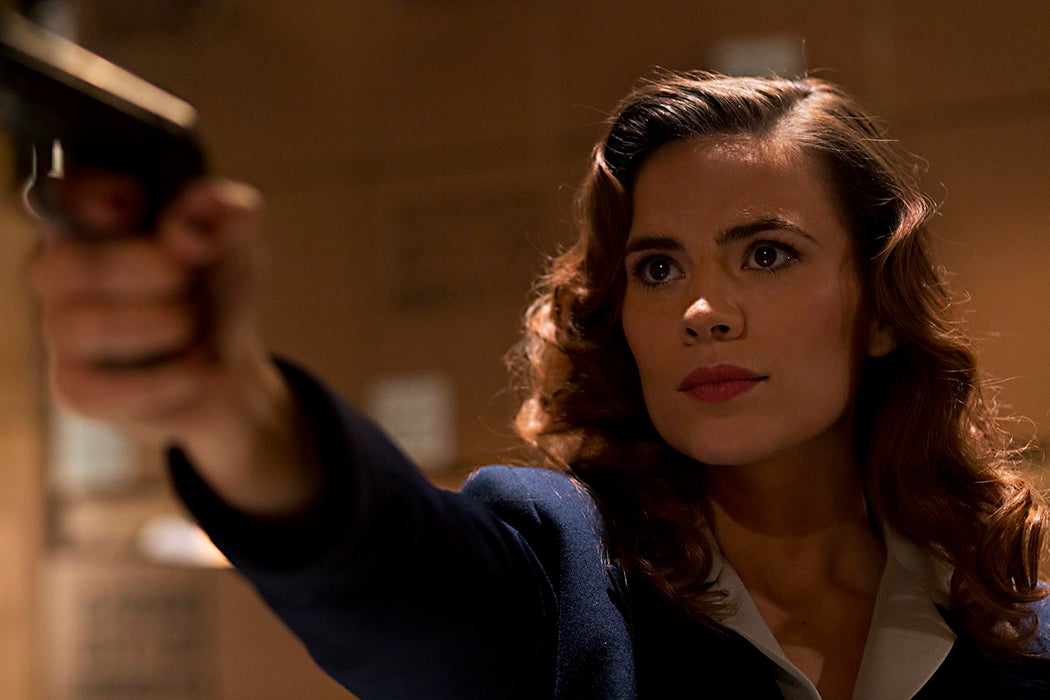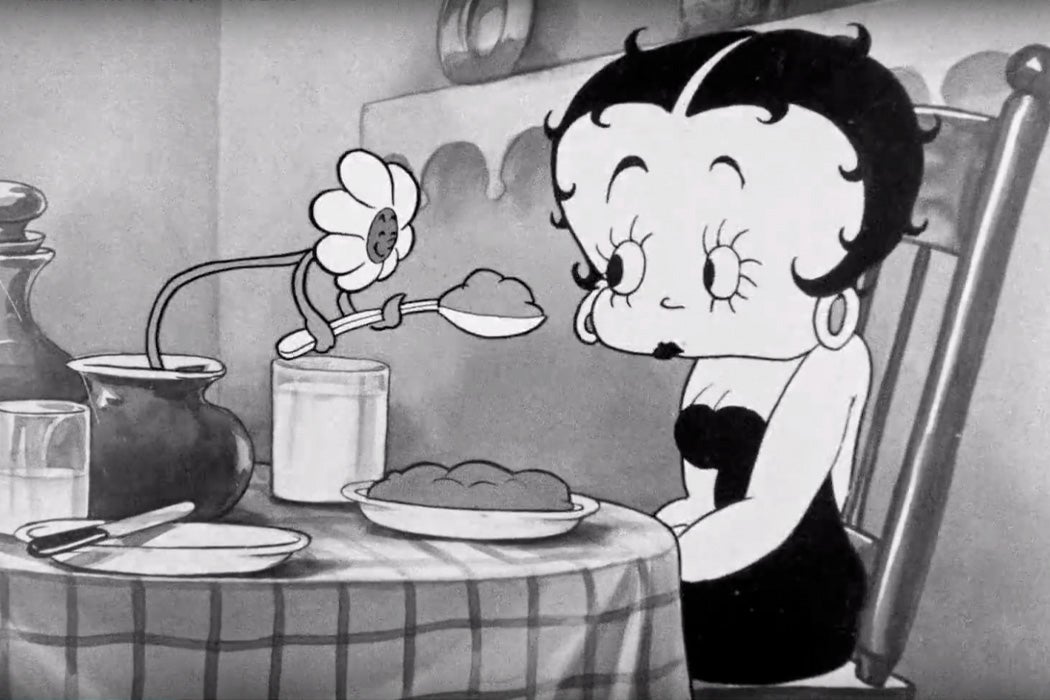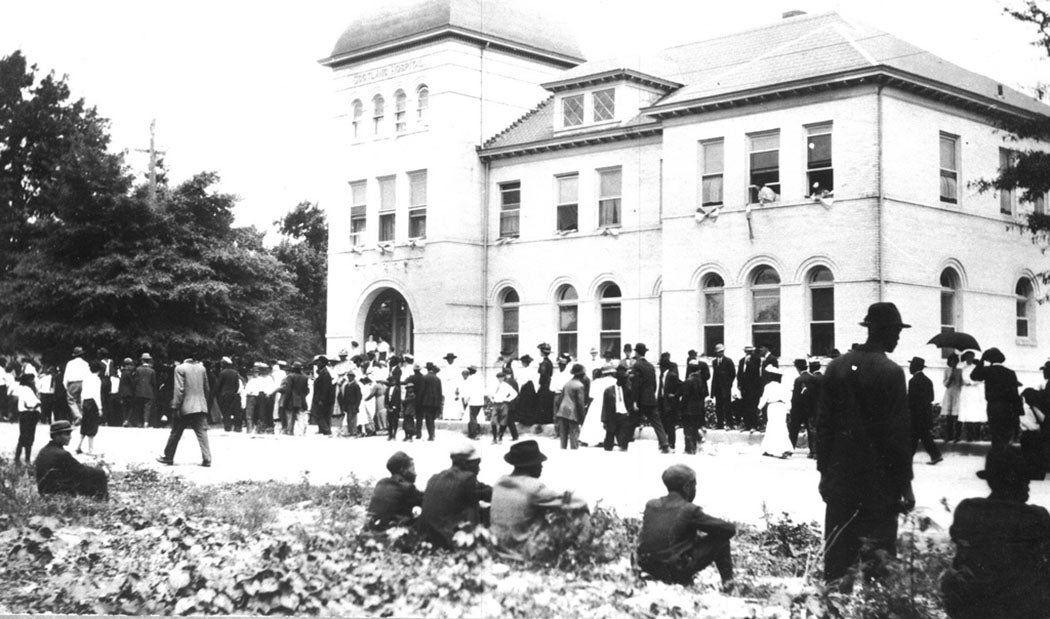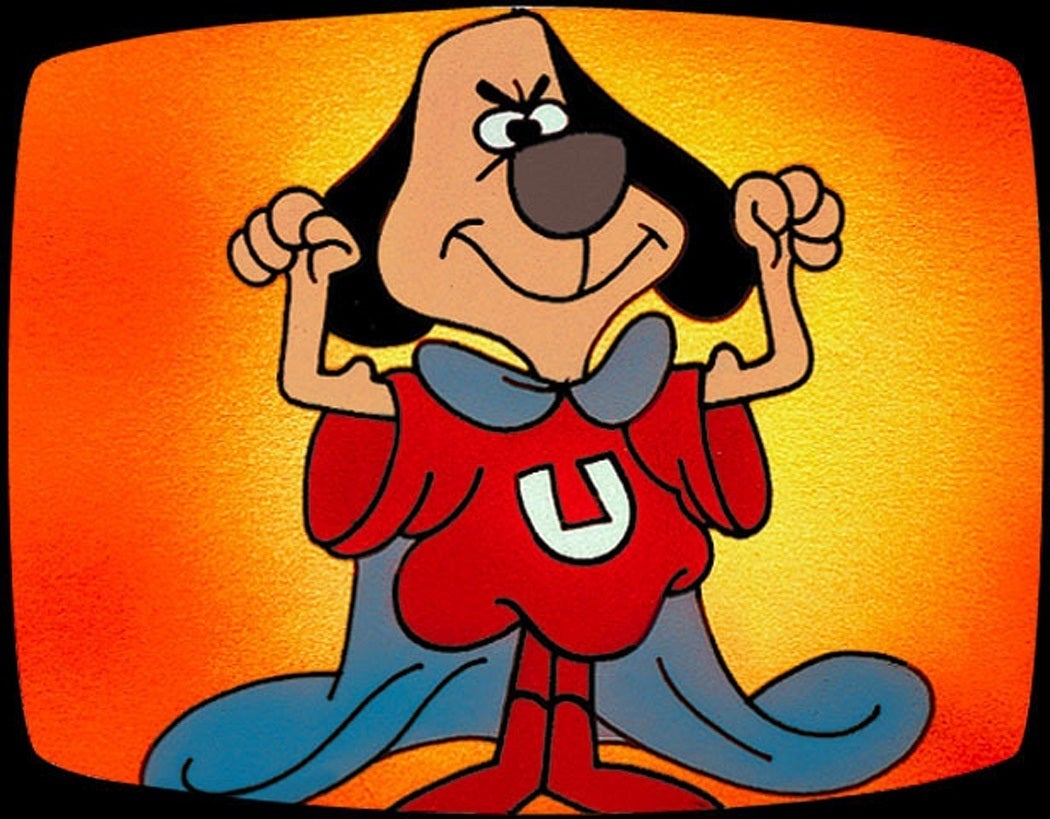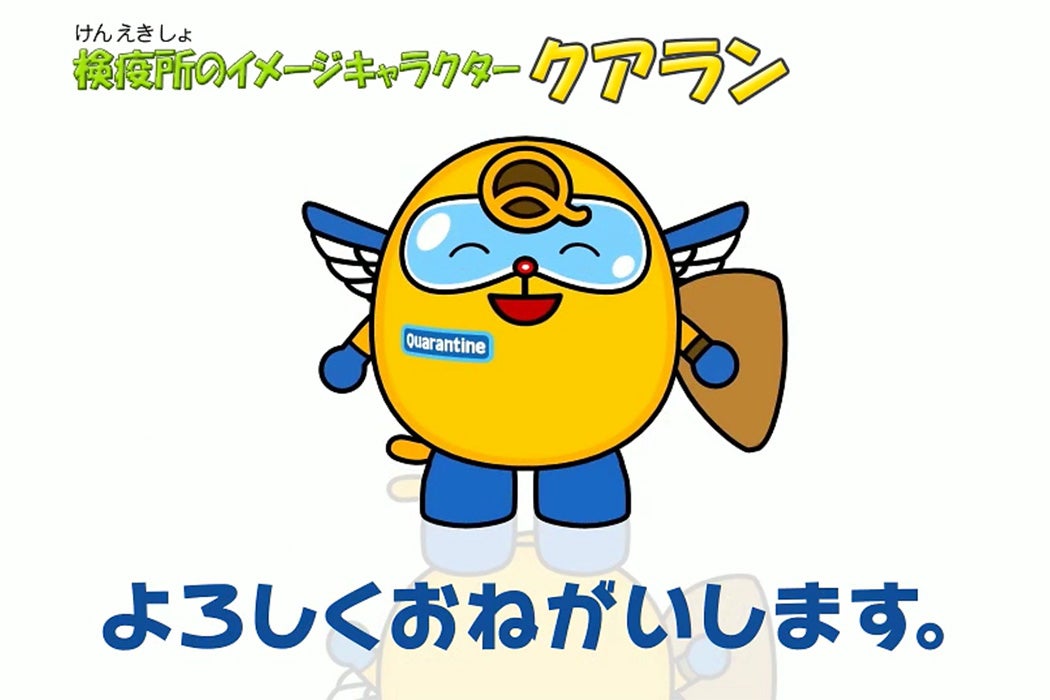When I taught high school English, I affectionately referred to William Blake as the first graphic novelist. I certainly wasn’t the first to do so, given Blake’s intricate engravings, typeface, and fanfiction-y take on the Bible, but that aspect of his work was often glossed over by scholars who insisted on separating word from image. Mike Goode locates the complexities of deconstructing Blake in relation to the possibility of a more encompassing aesthetic read:
Blake’s unique integration of words and pictures can be seen as a medium for challenging its audiences to make both disintegrate before their very eyes—for challenging them not to see the words or the pictures—and the success of that disintegrative activity of looking through the two constitutes the promised improvement of sensual enjoyment and revelation of the infinite to the imagination.
The Yale National Initiative and The Getty Museum both offer lessons on the visual and poetic mash-up of Blake’s Songs of Innocence and Songs of Experience, further demonstrating how visual elements might be read with and against the text in meaningful ways. But Blake isn’t the only author-artist featured in high school classes. I’ve seen excerpts from Art Spiegelman’s Maus and Will Eisner’s A Contract with God used in both social studies and religion courses, and entire literature units have been dedicated to Marjane Satrapi’s Persepolis. Comics have been used in the classroom for decades, not only as a way to engage students but to emphasize the importance of the connections between the visual and the literary.
Accessing interest and prior knowledge through the image is a well-known strategy of classroom teachers. Richard Murata writes of his success in pairing the content in art courses with writing courses in a high school classroom with a focus on “wholeness,” noting: “We wanted learning to derive from English and art and to loop from one subject to the other in a continuous flow.” Murata shares reactions from the students and emphasizes the overall success of the integrated curriculum implemented over two years, writing:
In both years in which students were surveyed at semester’s end, more than 80% stated that approaching material through both verbal and visual modes reinforced one another and thus made mastering the subject matter less difficult. Students clearly appreciated the use of two learning styles and were very cognizant of their own style and their own limitations.
Integrating art into a text-based curriculum comes naturally to many teachers, but the move can also lead to uncertainty. What’s a worthwhile visual text? If it’s not been declared a work of art by the art-police, is it really worth analyzing? That hard-line distinction is unproductive for most texts and doesn’t have to be a deal-breaker in classrooms. Roland Barthes championed all kinds of “bad objects” that were beloved by the masses and passed over by critics (his Mythologies opens with a read of heroes and heels in wrestling).
Many comics and graphic novels might be viewed with a similar scrutiny. Neil Gaiman’s The Sandman, for example, has found a way to both keep its cult status, its “bad object” cool, while slipping onto syllabi and into classrooms as a text that signifies. Of course, evaluations of pairing The Sandman and Shakespeare in the classroom will reveal that it can be troublesome to have it both ways; even while Gaiman’s work is ubiquitous and The Sandman was indeed awarded (and invited through the gate) in 1991 with A World Fantasy Award, it continues to be the focus of book bans.
Nevertheless, The Sandman is often taught in humanities classrooms, where many teachers are consummate lit fans, adept at remixing ideas, sources, and approaches at will. In many ways, the project and process of The Sandman represents the English class project par excellence for a study of Shakespeare, its source material; the same questions that a classroom teacher might pose to encourage discussion are there in the deconstruction of Gaiman’s work: What is (insert Shakespeare play) about? What does its content and style say about the time period? The author? The process of creating art? If you were the artist, how would you imagine the story going or changing? What would that look like? Depending on when a teacher entered the classroom, they might associate the line of reasoning with the Socratic Seminar, Bloom’s Taxonomy, Understanding by Design—and all of them would fit to describe what’s happening with The Sandman. The practice that Gaiman models in his adaptation is the same that students work through when they think critically about literature. It’s also the same praxis that fans engage in.
The JSTOR Daily freelance writers have been thinking about and through comics for years and provide examples of how comics and graphic novels feature in our everyday lives; how they reflect our cultural consciousness; and how comics and animation might be deconstructed. This syllabus contextualizes the ways in which we understand comics and offers a history of the art form, notable artists and characters, and meditations on how the medium continues to evolve. The articles might be understood as openings for discussions that start with often familiar and quickly registering images that may lead to more thoughtful consideration in a classroom.
